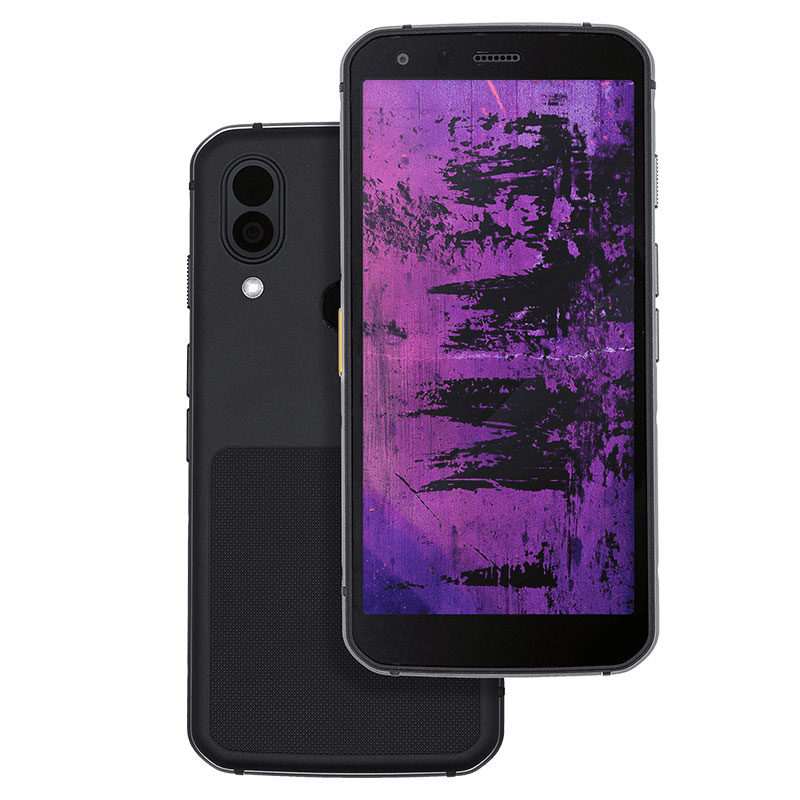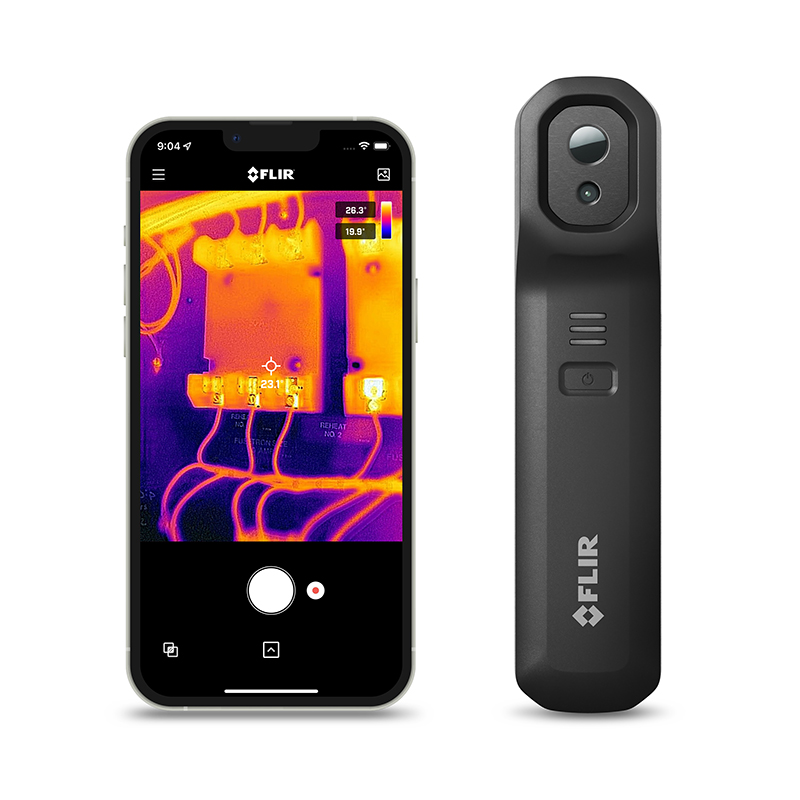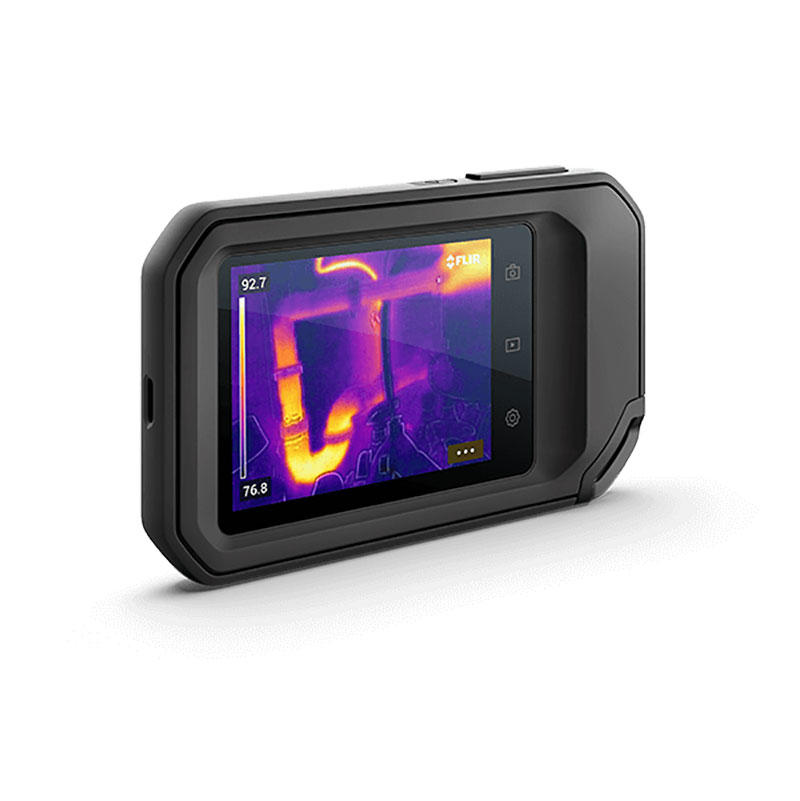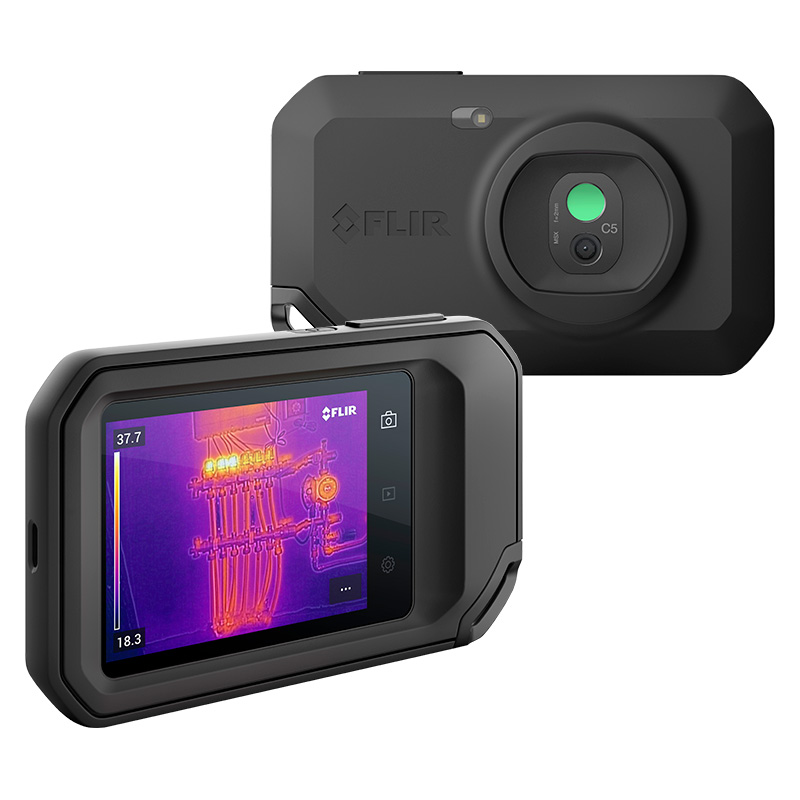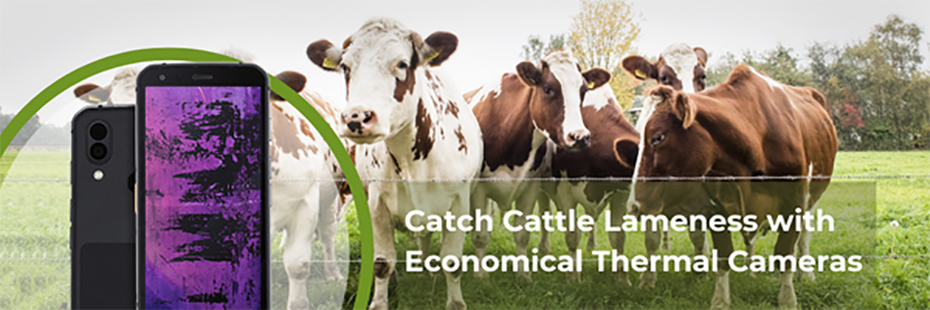
FarmingUK reports that lameness affects between 20% and 25% of cattle across the UK. Usually treated with expensive antibiotics, lameness costs the dairy industry approximately £53 million a year.[1] It has long been acknowledged that thermal imaging can provide an effective method of detecting lameness. Infections or inflammations are often the root cause of lameness and both conditions emit heat which can be picked up by a thermal imager. Catching lameness early and identifying its source means farmers can target their treatments more effectively. For example, lameness caused by an infection can be treated earlier with a shorter course of antibiotics, saving money; whereas lameness resulting from inflammation may be treated more effectively and economically with anti-inflammatories; by blocking the affected claw; or by keeping the cow on a soft surface until she has recovered. Until recently, farmers have been reluctant to invest in thermal imaging as it was thought that only high-end, very expensive models were sophisticated enough to reveal lameness. However, a recent study by Aidan Coe of the Royal Veterinary College (RVC) has discovered that less costly thermal imaging models are just as suitable for recognising lameness in cattle, potentially offering farmers significant savings while also improving the welfare of cows.
Quick Links
- RVC Study Summary
- Advantages of Thermal Imaging in Dairy Farming
- Inexpensive Thermal Cameras Suitable for Farming
- Further Information
RVC Study Summary
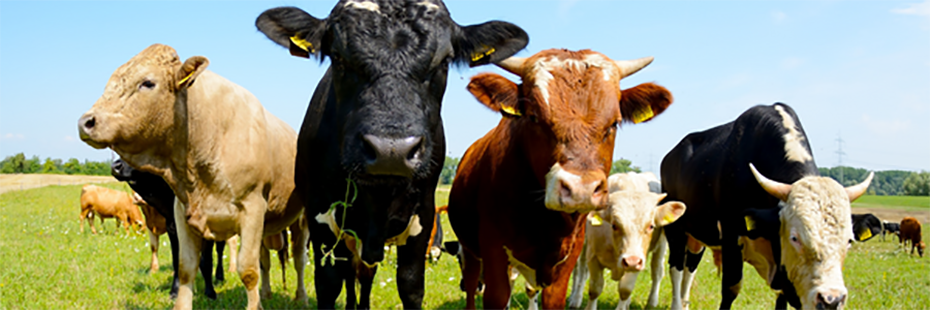
A study led by Royal Veterinary College undergraduate Aidan Coe and supervised by Dr Nicola Blackie, a senior lecturer in Production Animal Science at the RVC, investigates the efficacy of less expensive thermal cameras when it comes to spotting lameness in cattle, compared to that of more pricey models. Choosing to compare the relatively economical CAT S62 Pro Thermal Imaging Smartphone to the more expensive Teledyne FLIR T620bx Thermal Camera, Coe and Blackie took thermal images of the hind legs of eighty-three cows with both cameras. After evaluation, they assessed that there was no significant difference in the cameras’ ability to detect lameness despite the CAT S62 Pro's notably lower price point, approximately 2% of that of the Teledyne FLIR T620bx.[2]

Commenting on the findings of their study, lead researcher Aidan Coe said:
“There is a possibility that low-cost infrared thermal imaging devices could be used as an objective, cost-effective method of assessing the lameness of the national herd, which may prove a useful adjunct to the current lameness detection methods.”[3]
Remarking on the impact of the study, Coe and Blackie note that, as it highlights the effectiveness of less expensive thermal cameras at uncovering lameness, this may lead to wider use of thermal imaging amongst farmers, vets, and hoof trimmers, making it easier to identify the condition earlier.[4] Dr Nicola Blackie commented:
"By demonstrating the almost equal effectiveness of lower-cost thermal imaging devices to that of more expensive equivalents, this study helps make this technology available to much more of the farming population.”[5]
Aidan Coe and Dr Nicola Blackie’s paper can be accessed below.
Advantages of Thermal Imaging in Dairy Farming

In 2018, Farmers Weekly published an article detailing why livestock manager, George Coles, uses thermal imaging to manage his stocks and the reasons he thinks it’ll soon be a must-have tool for all farmers. Mr Coles explains that:
“Straight away you could find that if you had a lame cow, you could see where the hotspots were. […] The hotspots were often higher up in the leg rather than the foot, so you could treat it with anti-inflammatories, not antibiotics […] Before thermal imaging, my treatment for anything limping was to give them antibiotics and anti-inflammatories and you’ve covered them. Since I’ve been doing this, the only animals that have antibiotics are those that have a case of foul of the foot”. [6]
Detecting Sources of Lameness Reduces Use of Antibiotics
Hearing about George Coles’ success with thermal imaging, mixed farmer Tom Herbert contacted him when one of his cows began presenting as lame:
“We suspected she had hurt her shoulder or foot. We hadn’t spoken to the vet prior and we are trying to reduce antibiotic use, so we thought we would give [thermal imaging] a shot […] It showed a lot of heat in the shoulder so we came to the conclusion that anti-inflammatories were the best treatment.”[7]
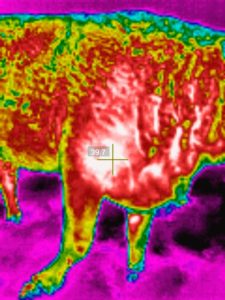
Using thermal imaging to locate the source of lameness meant Mr Herbert could enact a targeted treatment using applicable drugs. This is a more economical and safer, kinder practice; one much more likely to improve the animal’s quality of life and reduce the risk of antibiotic resistance.
Remote Diagnosis Decreases Stress
Thermal imaging provides a non-invasive method of diagnosing lameness. Assessments can be made from a distance and without making contact with the cows. This means that animals only need to be brought into a pen when strictly necessary, reducing stress.[8]
Stock Management
George Coles notes that thermal imaging has also been useful when monitoring cows during calving. He explains that when he can see a rugby ball-shaped hotspot from the tail to the udder then he knows the cow is likely to calve within three hours. In addition to this, integrating thermal imaging into existing CCTV systems allows him to pick up bulling heat, which is particularly useful during artificial insemination (AI). Mr Coles told Farmers Weekly:
"I want to try to get a real-time temperature, showing a real-time heat, so I can know the optimum time for AI." [9]
Maintain Crops & Machinery
Mr Coles also notes that thermal imaging has potential uses in the arable and machinery sectors. He suggests that thermal cameras may be used to assess moisture levels in crops and reveal heat in machinery. [10]
Inexpensive Thermal Cameras Suitable for Farming
Aidan Coe and Dr Nicola Blackie’s findings were made using a CAT S62 Pro Thermal Imaging Smartphone. Recently, Devonshire farmer Christina Hutchings published a report which also made use of thermal imaging. She was investigating the effect of ventilation on litter conditions in broiler houses.
Read More About Christina Hutchings’ Report Here
As part of her research, Hutchings used a FLIR C2 Handheld Thermal Camera (proudly supplied by PASS Ltd) to evaluate the tightness/insulation of poultry houses, and determine the temperature of floors and walls. Since the conclusion of her project, the FLIR C2 has been superseded by the Teledyne FLIR C3-X and C5 Compact Thermal Cameras.
The CAT S62 Pro, Teledyne FLIR C3-X and C5, and Teledyne FLIR’s One Edge Pro Thermal Smartphone Module are all suitable for farming applications. The table below offers a comparison of these models.
CAT S62 Pro Thermal Imaging Smartphone
- FLIR Lepton 3.5 sensor
- VividIR Res: 1440 x 1080px
- Temp Range: -20°C to 400°C
- 12MP dual pixel Sony Camera
- MSX Imaging
- High-grade aluminium body
- Battery Life: 2 days
Price: £510 (ex VAT)
Teledyne FLIR One Edge Pro Thermal Module
- IR Res: 160 x 120px
- Thermal Sensitivity: 70mK
- Temp Range: -20°C to 400°C
- Accuracy: ±3°C/5%
- MSX imaging
- Supports use with iOS & Android
- Clips onto your smartphone
- Battery life: 1.5 hours
Price: £479 (ex VAT)
Teledyne FLIR C3-X Compact Thermal Camera
- IR Res: 128 x 96px
- Thermal Sensitivity: 70mK
- Temp Range: -20°C to 300°C
- Accuracy: ±3°C/3%
- Built-in 5MP digital camera
- MSX imaging mode
- Integrated torch
- 3.5" touchscreen display
Price: £509 (ex VAT)
Teledyne FLIR C5 Compact Thermal Camera
- IR Res: 160 x 120px
- Thermal Sensitivity: 70mK
- Temp Range: -20°C to 400°C
- Accuracy: ±3°C/3%
- Built-in 5MP digital camera
- MSX imaging mode
- Integrated torch
- 3.5" touchscreen display
Price: £669 (ex VAT)
Further Information
For more information regarding our extensive range of thermal imaging cameras and their uses within agricultural industries, please don’t hesitate to contact our Sales team on 01642 931 329 or via our online form.
In the meantime, you can browse our complete collection of thermal cameras, including the CAT S62 Pro and Teledyne FLIR's C3-X, C5, and One Edge Pro, here.
Browse All Thermal Imaging Cameras
Buy the CAT S62 Pro Thermal Imaging Smartphone
Buy the Teledyne FLIR C3-X Compact Thermal Camera
Buy the Teledyne FLIR C5 Compact Thermal Camera
Buy the Teledyne FLIR One Edge Pro Thermal Smartphone Module
[1] FarmingUK, Study finds low-cost thermal devices effective in detecting lameness, last accessed 27 January 2023
[2] Arlo Guthrie, ‘Cheap thermal image devices could be as effective as expensive alternatives in detecting lameness in dairy cattle’, VetSurgeon.org, last accessed 27 January 2023
[3] Arlo Guthrie, ‘Cheap thermal image devices could be as effective as expensive alternatives in detecting lameness in dairy cattle’
[4] Arlo Guthrie, ‘Cheap thermal image devices could be as effective as expensive alternatives in detecting lameness in dairy cattle’
[5] FarmingUK, Study finds low-cost thermal devices effective in detecting lameness,
[6] Hayley Chapman, ‘Thermal imaging cuts antibiotics use on Northants beef farm’, Farmers Weekly, last accessed 27 January 2023
[7] Hayley Chapman, ‘Thermal imaging cuts antibiotics use on Northants beef farm’
[8] Hayley Chapman, ‘Thermal imaging cuts antibiotics use on Northants beef farm’
[9] Hayley Chapman, ‘Thermal imaging cuts antibiotics use on Northants beef farm’
[10] Hayley Chapman, ‘Thermal imaging cuts antibiotics use on Northants beef farm’


